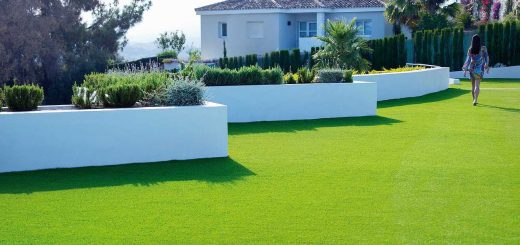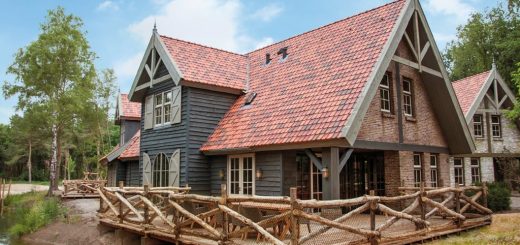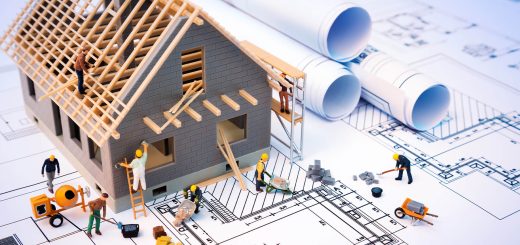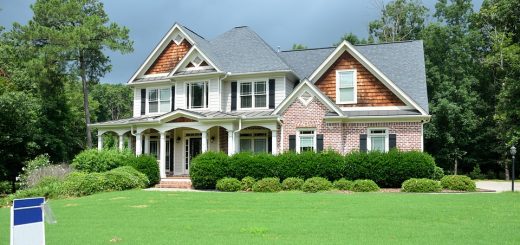Guide To The Elements Of Good Garden Design Ideas
One of the best things to do is gardening, this keeps an individual creative and one of the best form of exercise. Plants are good in the eyes of every individual, and a natural air purifier of the air. To have the best design in a garden people need to explore and know the important elements. This keeps the garden more organize and also to complete the composition to have the best design. A good garden design ideas Australia gives people the best way to systematize plants.

The Elements Of Good Garden Design
- The line is one of the most important and valuable of all design elements. Everything in the garden includes line. Think about the case of a tree, the remote horizon, the line produced when a lawn ends and the adjacent woods work. A sidewalk, driveway, or barrier is a clear and readily available line in the landscape. As an individual and design their garden, always count the line that builds whatever that are adding. There are four main ways to describe lines: curved, straight, horizontal, and vertical. None is more important than the others – each has different effects. Strong lines can bring to an individual eye into the landscape, leading both where people look and where they go. No matter which varieties of line an individual use, be informed that lines lead the eye. Lines going away from an individual on the area draw ahead. Horizontal lines on the ground slow an individual down. Vertical lines guide the eye up and out of the garden. Curving lines take the eye on an interesting journey. All are excellent. It’s up to an individual to know where the lines will lead people or their eye and what they will recognize when they get there.
- Light and shade improve the way colors look and how they work collectively. Although an individual can’t control natural light, they can play up its effects and to have a low maintenance Garden design ideas. A bright light has the same result as warm color – it suggests visually, making an object or area feel more intimate than it really is. Keep in mind that light can be either real or artificial. It is easy to attach a low-voltage lighting system to increase an individual garden pleasure into the evening hours. Many fixtures and their positioning produce different effects. Front lighting a dark area highlights a distinct feature. Backlighting forms a sculpture, tree, or shrub. Sidelighting, which can also create dramatic effects, is practiced mostly for security along walks and paths.
- Texture extracts emotional responses. Both tactile and visual textures encourage an individual to touch. Utilize texture to contrast plants in groups or reduce architectural lines. The features of texture divide plants into three fundamental groups: common, medium, and fine. Coarse-textured plants, hardscaping supplies, or garden structures have large or clearly physical components, such as the leaves of rhubarb or an arbor built with rough-cut 8×8 posts. Fine-textured elements include many greenery and grasses or a fine structure such as a bent-wire trellis or arbor. Common textures fall in between. Variations in texture can be complex; the textures of several plants (and objects) are connected to one another. An ornamental grass, when looked alone, may seem a fine-textured plant. However, when associated with zoysiagrass, which is much more finely textured, it may appeal more coarse-textured.
- Scale, or relationship, is the size relationship of one object to another. A 30-foot tree is out of place in the middle of a tiny square, but a little tree makes sense.


















